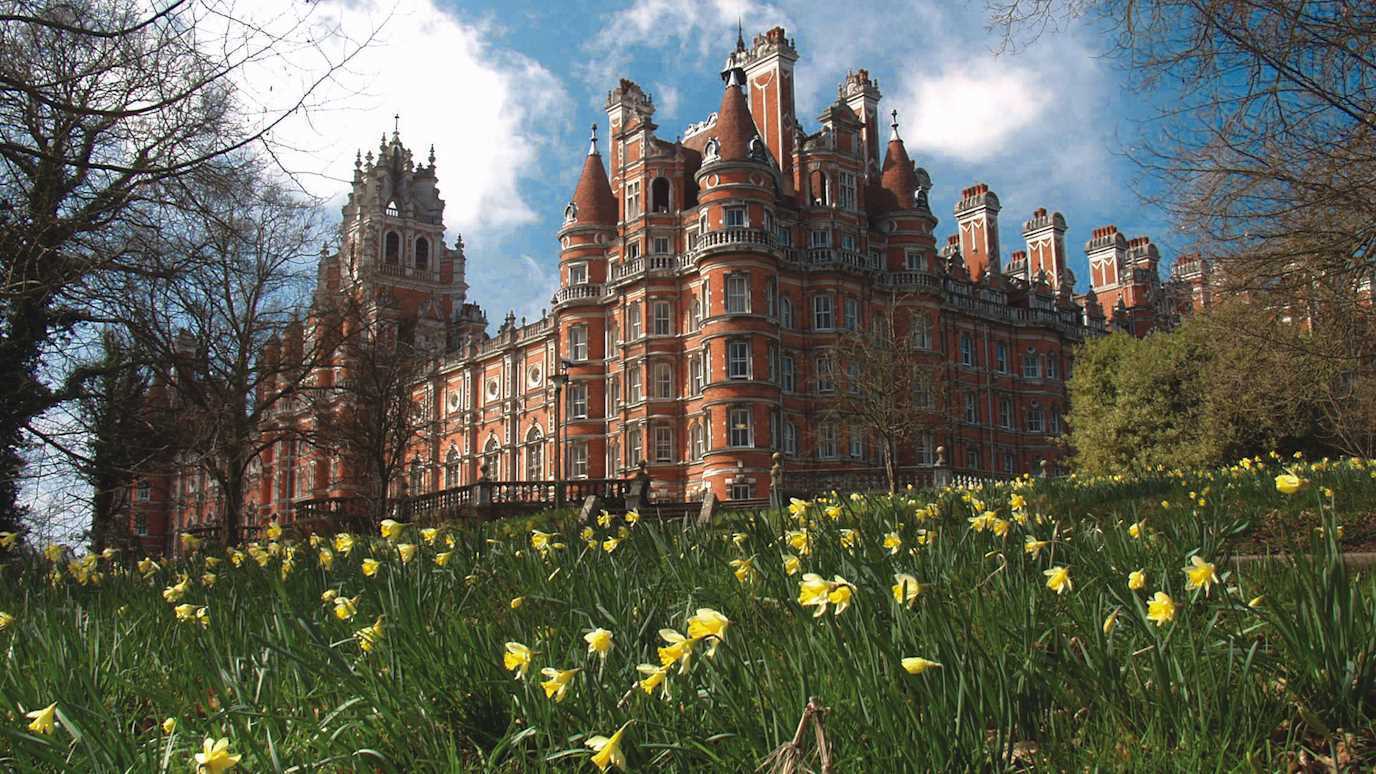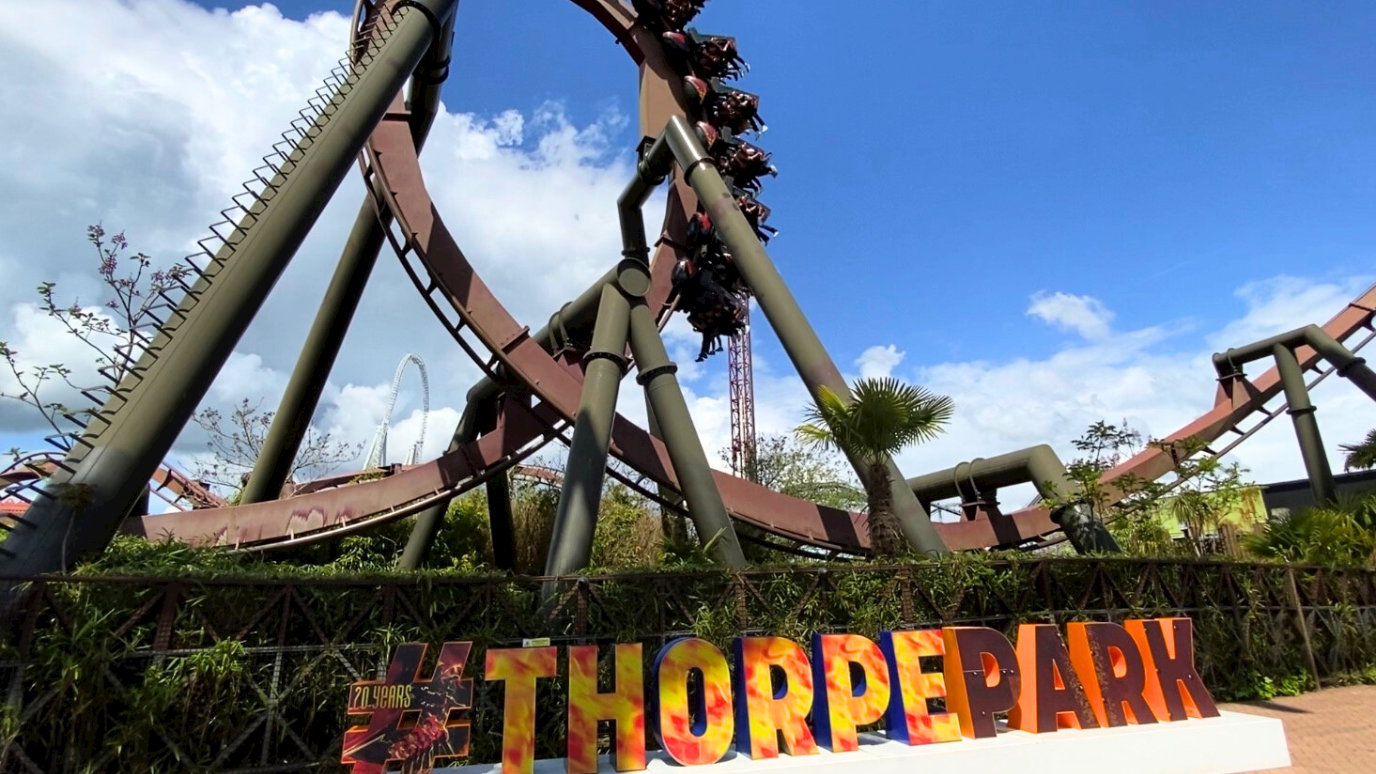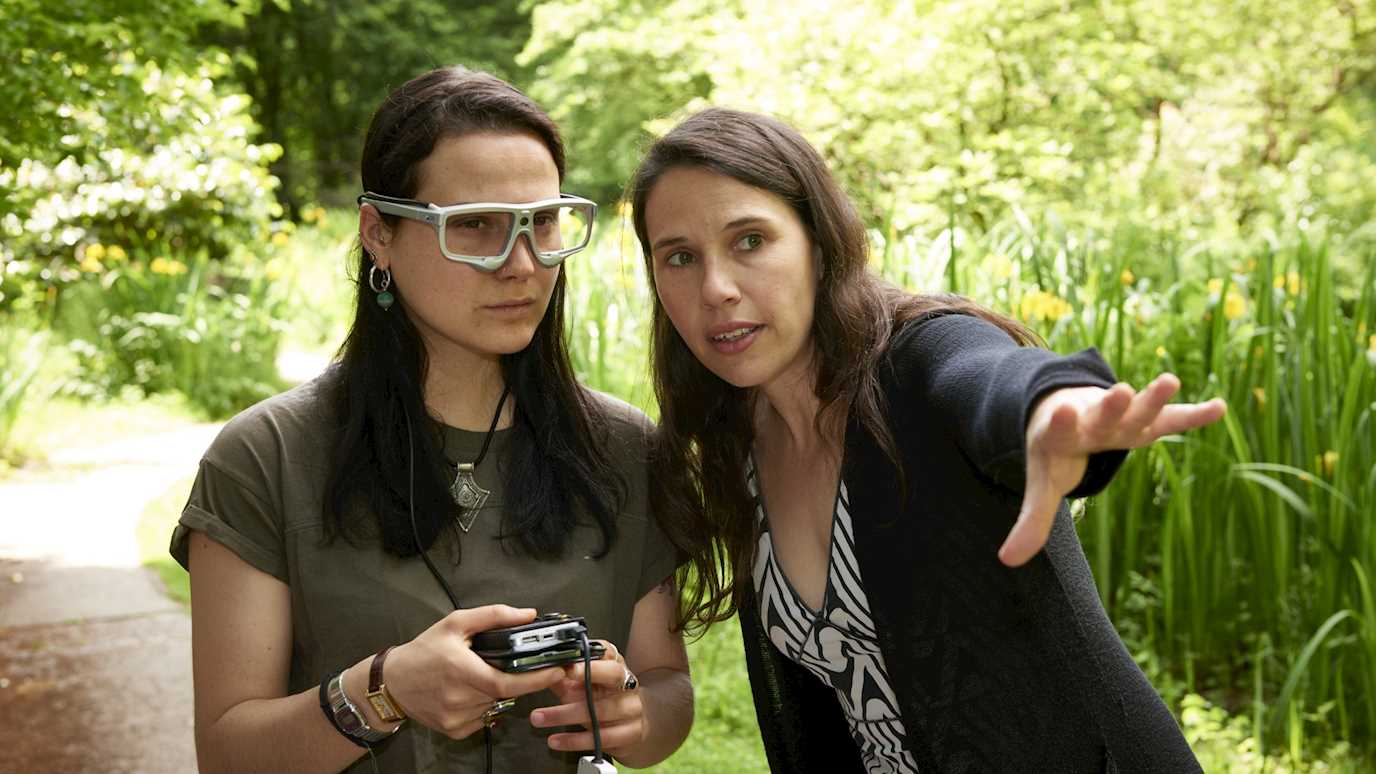Welcome to the London Low Temperature Laboratory!
London Low Temperature Laboratory homepage is accessible here.
The infrastructure of the London Low Temperature Laboratory (LLTL) supports research on Quantum Science and Technology into the microkelvin regime. It is a founder member and access-giving site of the European Microkelvin Platform (EMP), which is funded as a European Advanced Infrastructure.
The facilities of LLTL include four microkelvin platforms, with distinctive sample environments, as well as six dilution refrigerators and is supported by a helium liquefier.
Laboratory space is in excess of 500 m2, of which 180 m2 is double height. The Low Temperature Laboratory at RHUL was founded in 1986 as part of a reorganisation of the University of London Initially with a purpose-built laboratory space of 130 m2, and the facilities have expanded over the years with a diversification of its activities.
Its main research objectives are currently:
- Advancing measurement capabilities with quantum sensors.
- Cryogen-free microkelvin platforms.
- Cavity optomechanics with superfluid 4He.
- Topological superconductivity/superfluidity.
- Realizing high entangled states of quantum matter: supersolid; quantum spin liquid.
- Quantum technology for fundamental physics.
- Unique environments to help understanding decoherence in quantum circuits.
EMP is a consortium of 17 partners, including 8 access partners, 3 technology partners and 6 industrial partners.
Mission of EMP is to drive forward the quantum materials, nanoscience, and quantum technology, by research at ultralow temperatures.
LLTL is active in the priority joint research projects of the EMP.
- Enhancing milli and microkelvin access and the advance to the nanokelvin regime
- Establishing new thermometry standards for milli- and microkelvin Temperatures
- Exploiting Quantum Technology to provide ultrasensitive measurement capacity
- Advancing nanoscience capabilities at ultralow temperatures
- Enabling technology for probing Quantum Materials at the lowest temperatures
Facilities
LLTL has four microkelvin platforms with high-performance, large access and rapid turn around.
Our microkelvin platforms are Oxford instruments dilution refrigerators, with copper or PrNi5 nuclear adiabatic demagnetisation stages for measurements down to 100 µK under homogeneous magnetic field up to 9T.
All our platforms are equipped with state-of-the-art SQUID based amplifiers.
Our measurement capabilities are constantly developing, and currently include NMR, electrical and thermal transport, heat capacity, microwave circuits and nanomechanical motion measurements.
We are heavily involved in the study of quantum fluids and solids at ultra-low temperature and have developed a broad range of techniques for these systems including pioneering work in the development of nanofluidic confinement and growing of low dimensional quantum materials.
LLTL also has several additional traditional and cryogen-free dilution refrigerators, and is supported by a TCF20 Linde helium liquefier, mechanical and electrical workshops.
Access
The London Low Temperature Laboratory is part of the European Microkelvin Platform (EMP), funded as a European Advanced Infrastructure by Horizon 2020.
Transnational access is funded, please see https://emplatform.eu/user/general_info.
All potential users, industrial or academic, are encouraged to contact LLTL in advance.
Our mission is to drive forward the quantum materials, nanoscience, and quantum technology, by research at ultralow temperatures.
EMP partners

 Microkelvin environments at eight access partners
Microkelvin environments at eight access partners






Industrial partners
World leading industrial partners in cryogenics and scientific instruments

Technology partners
Technology partners maximise impact

PhD students working on one of our nuclear demagnetization cryostat.






















